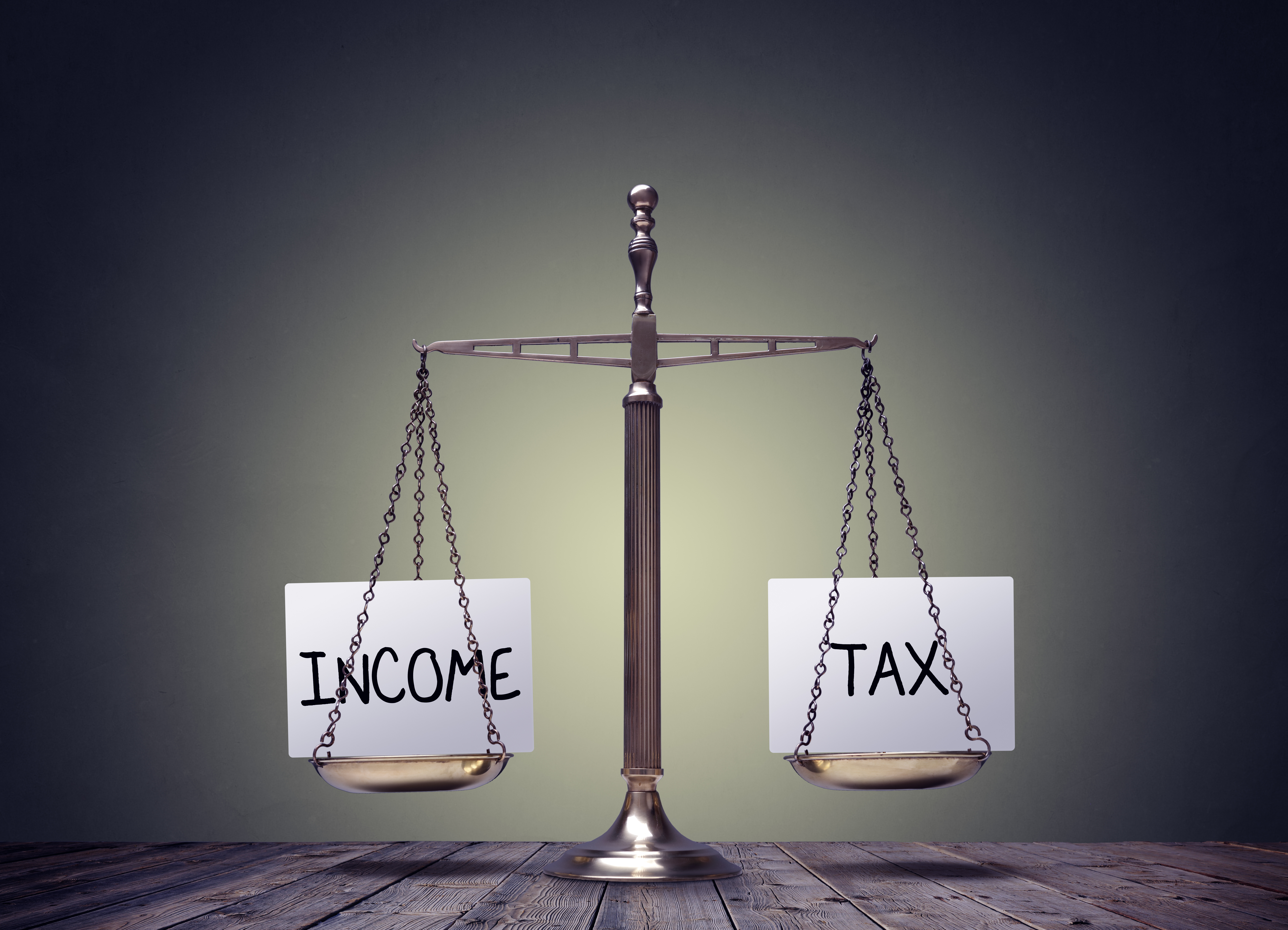Three key takeaways from the ’22-23 budget
Gov. Chris Sununu has signed the 2022-23 state budget that the Legislature passed on Thursday. Here are three key takeaways for those looking for a quick take on the state’s two-year spending plan. (We did a longer summary here.)
- TAX CUTS With this budget’s business tax rate reductions, legislators have reduced the Business Profits Tax by 10.5% and the Business Enterprise Tax by 27% since 2015. Raising the filing threshold for the Business Enterprise Tax from $200,000 to $250,000 provides further tax relief for small businesses. These modest changes should help New Hampshire become more economically competitive. Though the state is rated as having a top ten business tax climate, it still has high corporate taxes. New Hampshire’s combined state and federal business tax burden is ranked 15th in the country by the Tax Foundation and lately has ranked higher than Massachusetts, Connecticut and Rhode Island.
- EDUCATION FREEDOM ACCOUNTS The budget makes New Hampshire the 10th state to adopt an Education Savings Account program. The bill’s Education Freedom Accounts would let families with incomes of no more than 300% of the federal poverty level use their state adequate education grant to open a savings account for approved educational purchases. The Josiah Bartlett Center’s analysis projects that approximately 966 students would use an EFA in its first year and 2,335 in the second year. Local school district enrollment would decline by a projected average of 2.65 students (0.8%) in the first year and 6.63 students (2%) in the second year. Taxpayers would save approximately $1.85 million in the first year and $4.8 million in the second year.
- SPENDING The budget reduces the General and Education Fund baseline spending by about $172 million, or 3.1%. Budget writers increased from 22% to 30% the portion of Meals and Rooms Tax revenue that goes to local governments and created a dedicated fund for this purpose. Reserving this $188 million in revenue for local governments makes it unavailable for state use in the future, effectively lowering General Fund baseline spending. The budget ratchets state baseline spending down a bit after a decade of spending increases.


